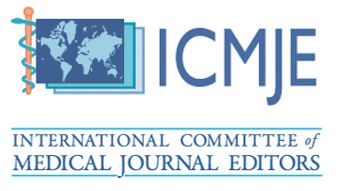Effect of Access Cavity Preparation and Cement on the Fracture Load of Translucent Zirconia Crowns
Andrea Fenton DMD1*, Amir H. Nejat DDS, MS, MSD, CDT2, Edwin Kee MCDT2, Xiaoming Xu PhD3, Albert F. McMullen III DDS4
1Private Practice, Sarasota, FL, USA.
2Department of Prosthodontics, Louisiana State University Health Science Center School of Dentistry, New Orleans, LA, USA.
3Department of Oral and Craniofacial Biology, Louisiana State University Health Science Center School of Dentistry, New Orleans, LA, USA.
4Department Head and Postgraduate Director, Endodontics, Louisiana State University Health Sciences Center (LSUHSC), USA.
*Corresponding Author: Amir H. Nejat DDS, MS, MSD, CDT; Associate Professor, Department of Prosthodontics, Louisiana State University Health Science Center School of Dentistry, 1100 Florida Ave, New Orleans, LA, USA.
https://doi.org/10.58624/SVOADE.2025.06.013
Received: May 08, 2025
Published: June 03, 2025
Citation: Fenton A, Nejat AH, Kee E, Xu X, McMullen III AF. Effect of Access Cavity Preparation and Cement on the Fracture Load of Translucent Zirconia Crowns. SVOA Dentistry 2025, 6:3, 79-84. doi: 10.58624/SVOADE.2025.06.013
Abstract
Purpose: To evaluate the effect of endodontic access hole preparation and choice of luting cement on the fracture resistance of translucent zirconia (5Y) crowns.
Materials and Methods: Polymethylmethacrylate (PMMA) dies, representing a prepared maxillary molar tooth, were milled. Translucent zirconia crowns were milled from 5Y (Cercon XTML) zirconia discs and sintered. Forty crowns were divided into four groups (n = 10 per group) based on access hole preparation (accessed, non-accessed) and type of luting cement (resin cement, resin modified glass ionomer (RMGI) cement). Crowns were cemented on the PMMA dies with either resin cement (Panavia SA Cement Universal, Kuraray Noritake Dental Inc.) or RMGI cement (RelyX Luting Plus, 3M, US) under constant weight (500 g) and incubated (37°C) for twenty-four hours. In half of the samples, a uniform endodontic access hole was created using a diamond bur under water irrigation and restored immediately using resin composite (Filtek Supreme Ultra, 3M ESPE). The fracture resistance of the specimens was tested on an Instron 5566 universal testing machine with a stainless-steel ball indenter and the maximum load before failure was recorded as fracture load (N). Two-way ANOVA testing examined the effect of access hole preparation and luting cement on fracture load of the crowns. Statistical tests were two-sided and significance level was set at 95% (α = 0.05).
Results: Fracture load was significantly affected by access hole preparation and choice of luting cement (p < 0.001). Pairwise comparisons revealed that access hole preparation significantly reduced the fracture load of all specimens, regardless of the type of cement used. When resin cement was used, the fracture load was increased in the accessed and non-accessed specimens.
Conclusion: Access hole preparation and type of luting cement had significant effects on the fracture load of translucent zirconia crowns.
Keywords: Endodontic Access, Ceramic Crown, Zirconia, Fracture Load











